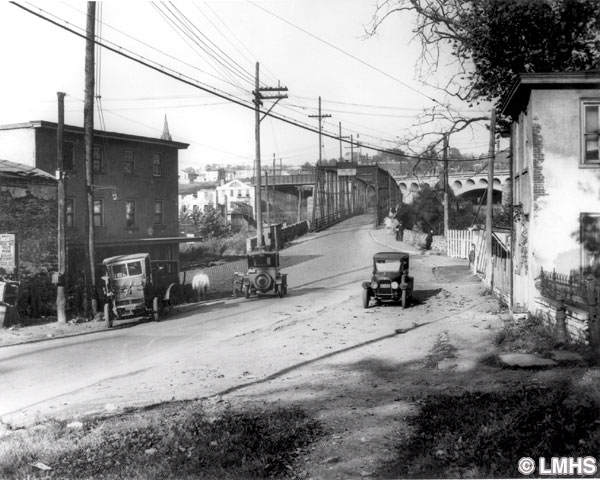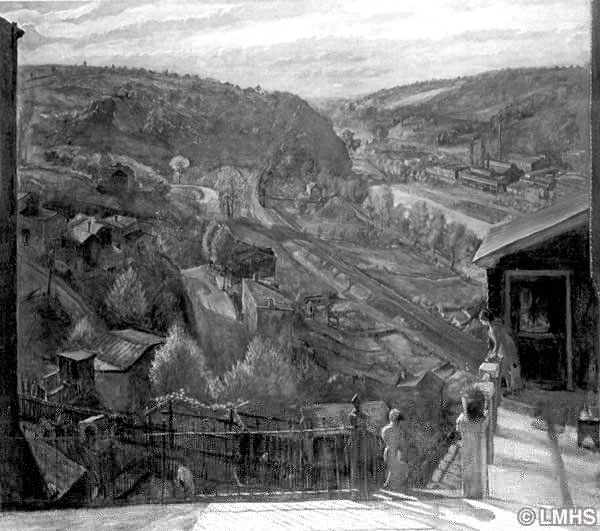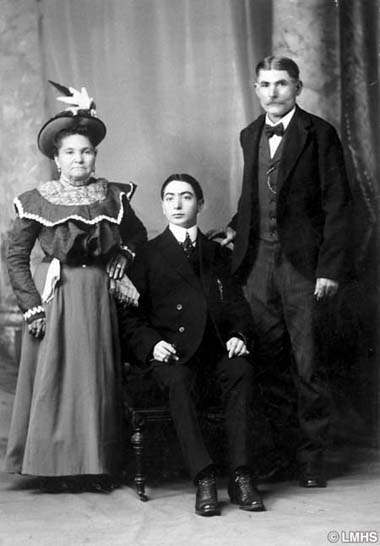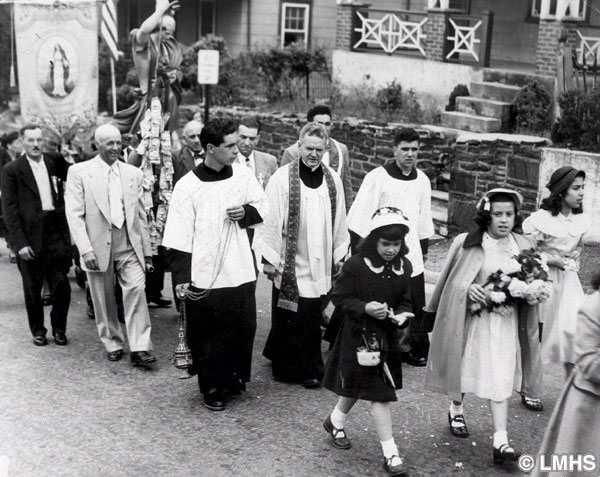Belmont Hills
The village on the west bank of the Schuylkill River was originally called Rocky Hill and is located in the lower section of the township directly across the river from Philadelphia’s historic Manayunk. When the Reading Railroad was built in 1838, the village became known as West Manayunk. The first settlers were Welsh, followed by the English, Germans, Irish, and Italian-Albanians. The first permanent settler was the wife of John ap Thomas, outstanding Quaker and one of the original purchasers of the Welsh Tract. John died before the family departed for the colonies. On November 16, 1683, Katherine Robert (who, by custom, had resumed her maiden name) sailed with her children from Chester, England on the ship Morning Star. About a month later, she arrived and settled on her 612-acre purchase. The deed to Katherine Robert’s property was made out to her in the name of Jones, and her children assumed this name. For the next 14 years, she skillfully managed her large farm parcel.
In the 1880s, immigrants from Italy began to arrive, many descended from Christian Albanians who had fled Moslem Turks to settle in southern Italy. They in turn sent for relatives, and by 1914 the Albanians and Italians constituted a considerable portion of the lower section of the community. The town resembled a Mediterranean hill town with its goats and chickens, garden plots, and women in black, seldom seen on the streets without their menfolk. The upper reaches of the settlement were home to the earlier English, Welsh, Irish, and German immigrants, most of them employed on the area’s farms and mills.
Belmont Hills still has a number of historic homes. Leedom House and the Jones-Smith House are described on the following page. A home located at 100 Lyle Avenue, built around 1787, was sold to Stewart Lyle, master farmer. In 1901, this estate was purchased by Wood, Harmon & Company as a real estate development known as Belmont Heights. Narrow Hills, on 88 acres, was probably named for the strait that separated Jones Island in the Schuylkill from the mainland. The Ashland Heights section was named after the local Ashland Paper Mill. In the 1950s, the name West Manayunk was changed to Belmont Hills. The diverse community has been an asset to Lower Merion since the days of William Penn.










By 1940, Speight was well-known beyond Philadelphia. Reviews of his exhibitions in New York, Washington, Cleveland, and other cities praised the freshness of his impressionistic style. Unlike his contemporaries in the 1930s and 1940s who made commentaries on social reforms, Francis Speight’s spirited brushwork shows the beauty of the working class neighborhoods of Manayunk.

The 200-year-old building on Mary Waters Ford Road was the home of the late Lewis and Marie Smith for 50 years. Gerrard, grandson of widow Katherine (Thomas) Jones, had built the original stone portion of the farm house in the mid 1700s. Additions were made in the Federal period to accommodate Charles Jones and his 12 children. It was remodeled in the Victorian taste after the house passed out of the Jones family.
In 1969, Marie Smith gave the house, a smaller tenant house, a barn, and grounds to the township for use as a public park. Vacant for five years, the historic Jones-Smith House seemed a sure bet for the wrecker’s ball. Thanks to the efforts of members of the township’s Historical Architectural Review Board, a lease agreement was made with a resident who pledged to make renovations. Though structurally sound with a good roof, the plumbing, wiring, and boiler were replaced. The overhaul preserved the home’s essential historic character.

The Pencoyd Iron Works
Remains of a ghost town

The name Pencoyd is Welsh, a corruption of Penn-y-Chlawd, meaning “treetops.” Pencoyd was the name of the farm of John Roberts, who came to this country in 1683. The Roberts family (Algernon Roberts and Percival Roberts) founded the iron works along the west bank of the Schuylkill River in 1853. The plant developed into a vast industry; the village grew and Pencoyd iron became known worldwide. Bridge building was the main manufacture when, around 1895, the plant acquired 40 acres of river front and two miles of rail track. The Pencoyd works declined after World War I and had a brief revival during World War II. The business was liquidated in 1944. Much of the old site is now occupied by Connelly Containers, Pencoyd’s only heavy industry. The location has lately shown some new signs of life.


